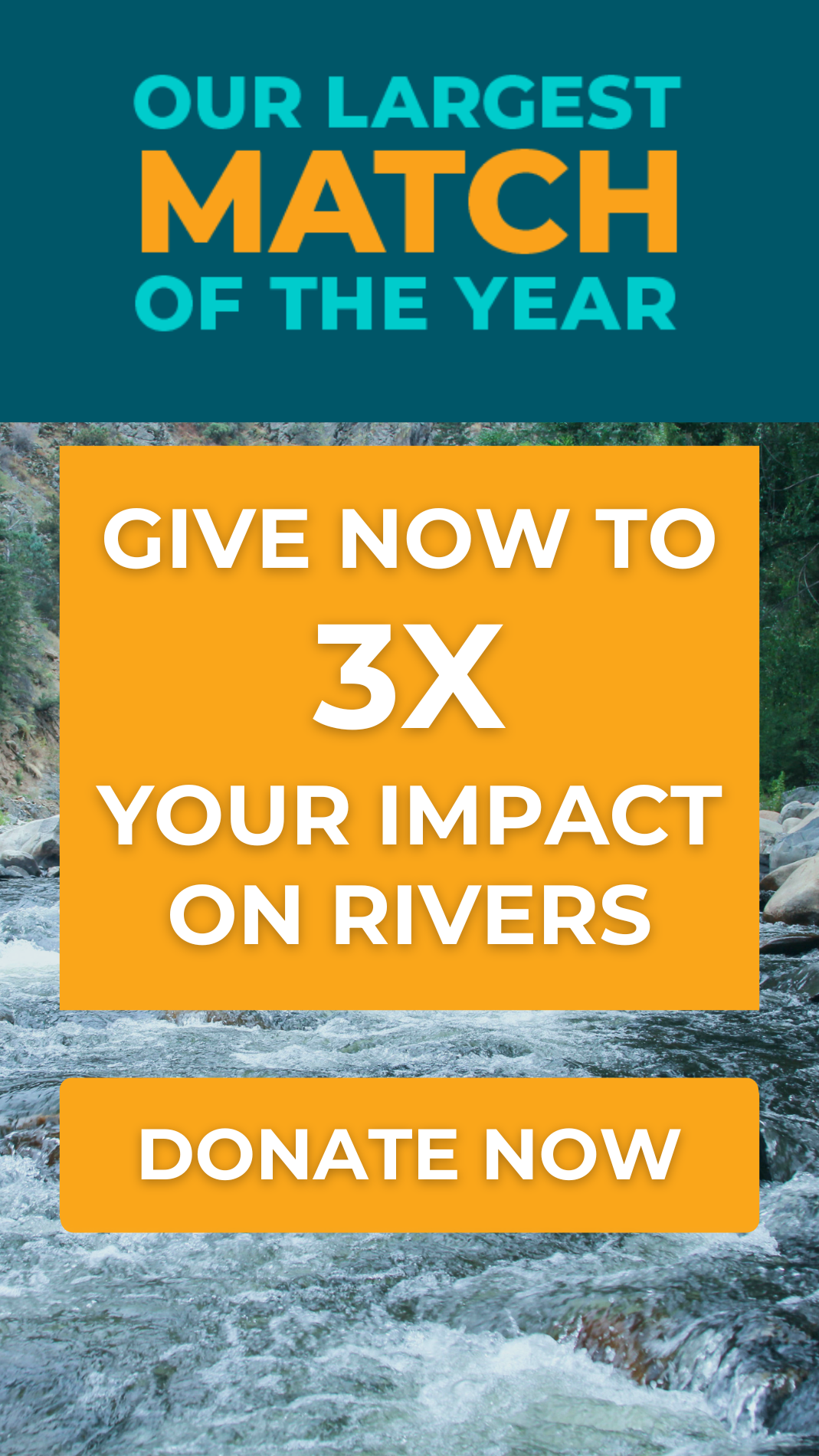Introducing Integrated Water Management
The following resources help to frame American Rivers’ approach to the philosophy of integrated water management (IWM), often referred to as ‘One Water’ or Integrated Water Resources Management (IWRM).
IWM can be practiced at many scales; the utility scale, the city scale, and the watershed scale are common examples. American Rivers’ focus is working with cities in the context of the watershed to advance sustainable solutions for people and nature. This focus has also framed the development of this resource center.
The resources included here are organized into several categories, although many of them will fit into multiple categories.

American Rivers’ approach to the philosophy of integrated water management (IWM), often referred to as ‘One Water’ or Integrated Water Resources Management (IWRM).
Resources:
American Rivers, Great Lakes & St. Lawrence Cities Initiative, Johnson Foundation at Wingspread, and Mayors Innovation Project—The City Upstream and Down: How Integrated Water Management Can Help Cities Thrive (2016)
The paper is the result of a three-day convening of mayors, water utilities, and other leaders to discuss the integration of water management in their municipalities. It introduces the concept, why it is important, offers strategies, and proposes several next steps that municipalities can take to integrate water management in their neighborhoods. 18 pages. Intermediate reading level. Read More…
Water Environment Research Foundation, Water Research Foundation, Water Research Australia, Institute for Sustainable Futures, and ForEvaSolutions—Pathways to One Water: A Guide for Institutional Innovation (2015)
Two resources that take a deep dive into the approaches which cities and organizations might take to advance IWM. Primarily based on a literature review of the major challenges encountered to date and examples of how organizations have taken Provides several in-depth case studies from United States and Australia. 1st resource is 28 pages, second is 206 pages. Intermediate reading level. Read More…
Clean Water America Alliance—Water Sustainability Principles for a National Policy Framework (2011)
Summarizes three national dialogues with leaders from multiple sectors across the country. The resulting principles include valuing water, sustaining water, monitoring water, innovation (science, technology, and finance), integration, and collaboration. 4 pages. Easy reading level. Read More …
Guiding Principle: Communicate and Collaborate
Communication and collaboration is at the heart of any form of integrated planning, and water management is no different. Rather than being a step in the process of IWM, this is the guiding principle which should be a part of every step.
Resources:
Greater Lakes—A Municipal Guide to Organizing an Inter-Departmental Workshop on Integrated Water Management: Breaking Down the Silos and Building a One Water Approach (2016)
Offers a five-step process designed to 1) inspire municipalities to start a conversation about an integrated approach to water management, and 2) offer specific steps for organizing a workshop where that conversation can occur. The key focus of this paper is on how to break down silos in municipalities. 12 pages. Easy reading level. Second resource in the second section called “Guides.” Read More…
New Water Policy and Practice—Understanding six water leadership roles: A framework to help build leadership capacity (2015)
Describes six leadership roles that often drive more sustainable forms of water management: the champion leader, enabling leader, cross-boundary team leader, thought leader, strategic leader and trusted advisor roles. The paper also highlights some of the key leader competencies and strategies associated with these roles, and helps to identify which roles an emerging water leader is most suited to, and provides a framework to help analyze how people in different leadership roles effectively work together. 29 pages. Difficult reading level. Read More…
Tree People—Moving Toward Collaboration: A New Vision for Water Management in the Los Angeles Region (2015)
This report identifies barriers to building a unified watershed approach and recommends paths forward to a more nimble and responsive governance structure. It builds a case for a collaborative, systemic approach to address the region’s short-term drought emergency and long-term water crisis. Focus on California but has wide applicability. 36 pages. Intermediate reading level. Read More..
Naturally Stronger: How Natural Water Infrastructure Can Save Money and Improve Lives
Communities in the United States are being threatened by sewage overflows, flooding, polluted stormwater, leaky pipes, and at-risk water supplies. These threats are a result of our nation’s outdated water infrastructure and water management strategies, and their impacts fall disproportionately on low-wealth neighborhoods and communities of color that are already suffering from a lack of investment and opportunity. To solve this problem, we do not just need more investment in water infrastructure. Read more…


